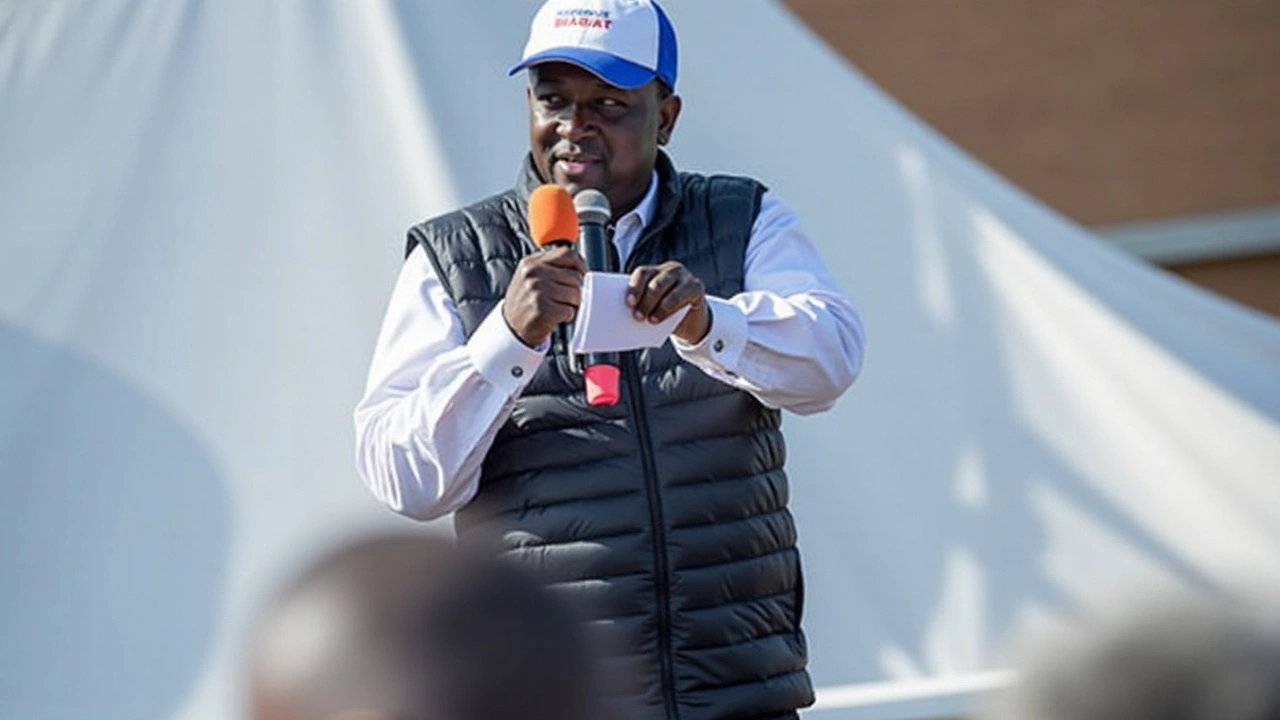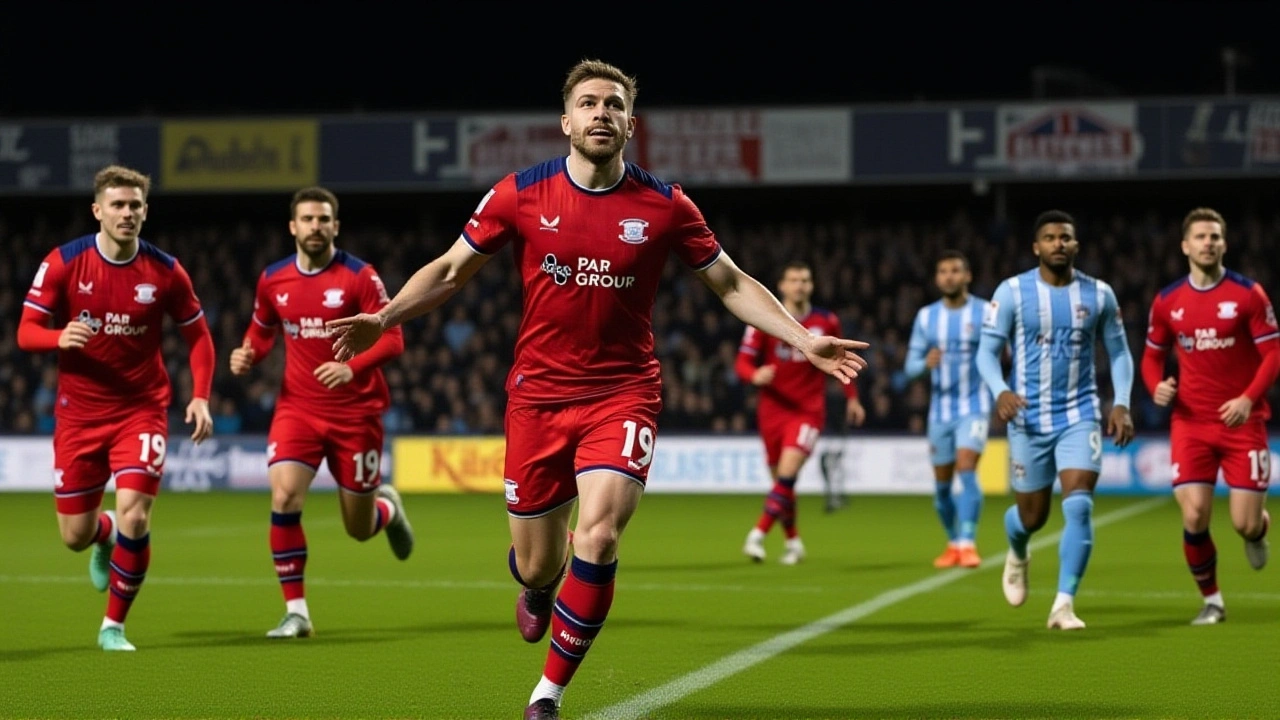Public Private Partnerships (PPPs) — a straight talk guide
PPPs are deals where governments team up with private firms to build or run public services — think roads, hospitals, water systems or power plants. Sounds simple, but the mix of public goals and private profit makes these projects tricky. Get them right and you speed up delivery and share costs. Get them wrong and taxpayers pick up surprises for years.
How PPPs work — the basics
At the core, a PPP sets clear outputs (what the public should get) and lets a private partner design, finance, build and sometimes operate the asset for a set period. Payment models vary: the government may pay availability payments, users may pay tolls, or the project might get subsidies. Contracts usually last 10–30 years and include performance standards, penalties, and handback rules when the deal ends.
Before signing, both sides should test value for money: is a PPP cheaper or faster than traditional procurement? That assessment must include construction cost, financing cost, and who takes operational risk. A good PPP shifts risks to whoever can manage them best — builders handle construction, insurers handle certain risks, and the government keeps policy risk.
Practical checks: what to watch for
First, be clear about affordability. A flashy project can become a debt burden. Governments need a realistic budget and limits on contingent liabilities. Second, transparency matters. Publish procurement documents, timelines and any renegotiations. That reduces corruption and keeps public trust.
Third, focus on contract clarity. Define KPIs, inspection routines, and termination triggers. Include realistic performance bonds and step-in rights so the public can act if a private partner fails. Fourth, plan for renegotiation: it’s normal, but set clear rules so renegotiations don’t turn into giveaways.
Fifth, build technical capacity. Many problems come from weak contract management. A dedicated PPP unit or trained officials who monitor payments, compliance and maintenance makes a big difference.
For private firms: do your homework. Run strict due diligence on demand forecasts and local rules. Price risk conservatively and partner with a local firm to navigate regulations and community relations.
For governments: start with small, well-scoped projects to build experience. Standardize documents and use open procurement to attract better bidders. Keep citizens informed — that reduces pushback when services change.
Examples are everywhere: toll roads, new hospitals run under availability payments, and solar farms funded and operated by private investors. When done right, PPPs speed access to services without immediate heavy public spending. When done poorly, they lock public budgets into costly deals.
Ask the simple questions before you commit: Who takes each risk? Who pays if demand falls? How will performance be tracked? Answer those honestly and you’ll have a far better chance of a PPP that serves people and stands the test of time.



